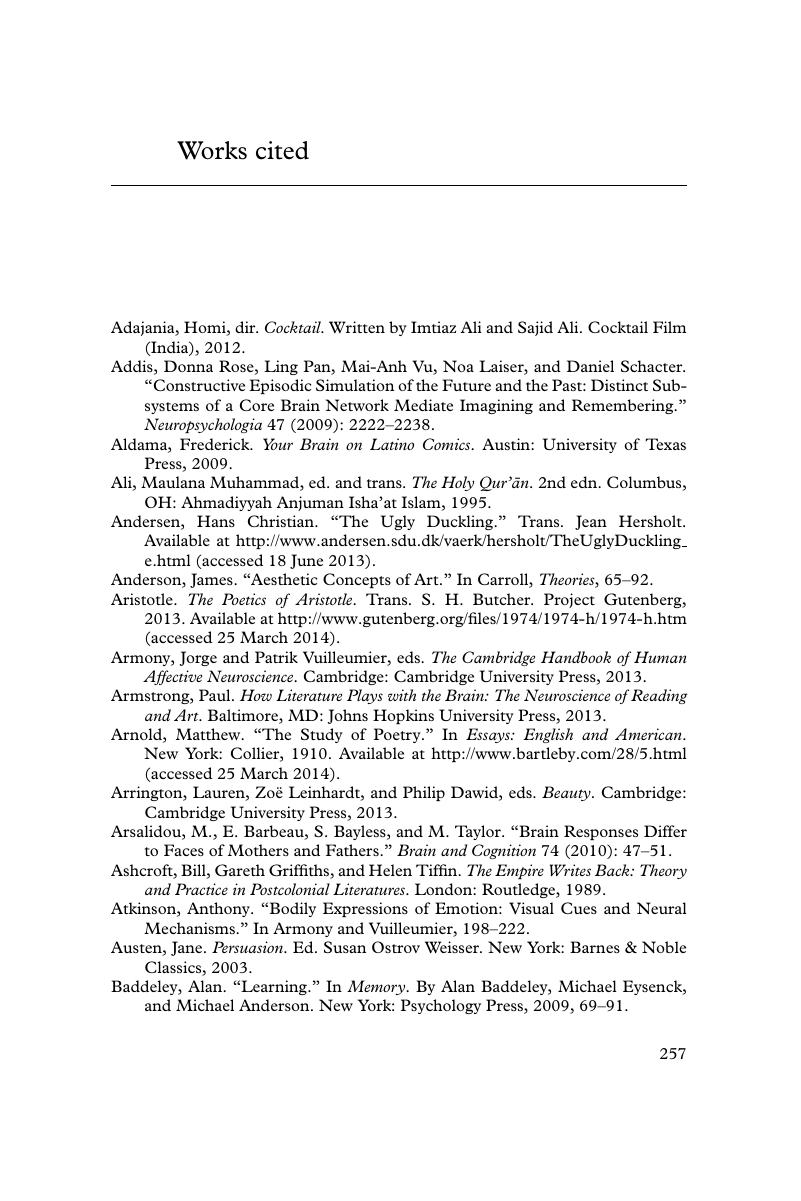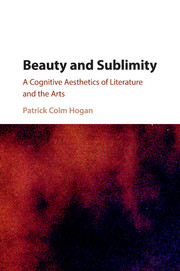Book contents
Works cited
Published online by Cambridge University Press: 05 February 2016
Summary

- Type
- Chapter
- Information
- Beauty and SublimityA Cognitive Aesthetics of Literature and the Arts, pp. 257 - 276Publisher: Cambridge University PressPrint publication year: 2016



